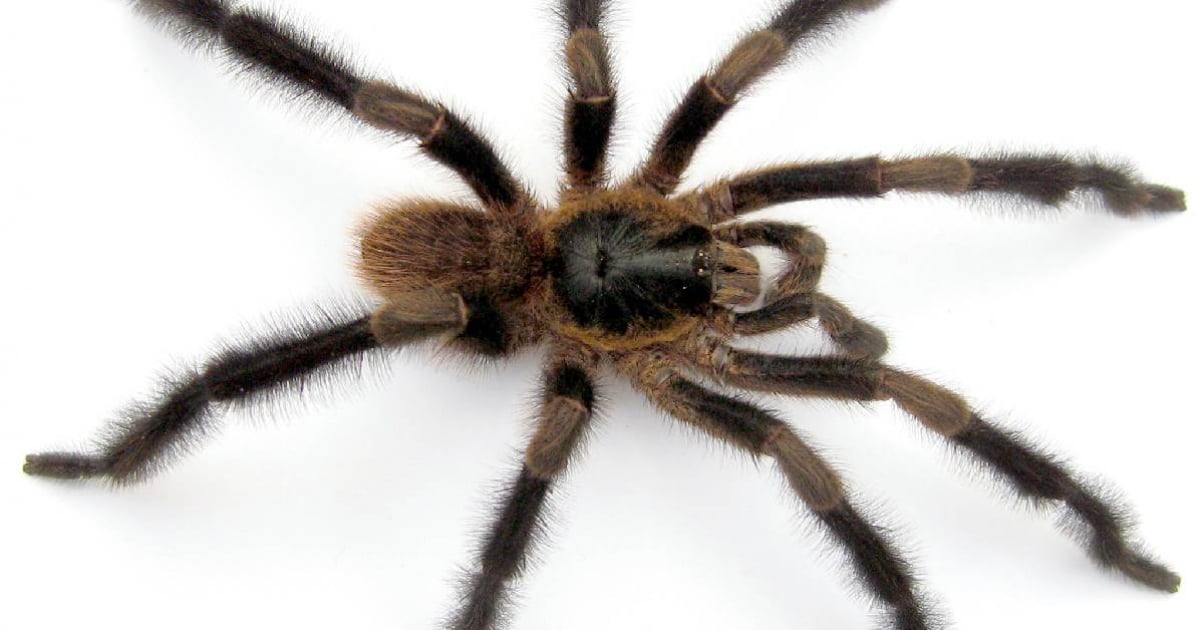A team of scientists has uncovered a remarkable new species of tarantula, notable for its impressive size and unique characteristics, deep within the Viñales National Park in western Cuba. Named Trichopelma grande, this tarantula is now recognized as the largest of its kind, with adult males reaching up to 11.1 millimeters in carapace length, according to the research findings.
Published in the scientific journal ZooKeys, the study emphasizes the significance of the Antilles as natural laboratories for evolution and biodiversity. The Trichopelma grande is not only remarkable for its size but also for its hairy appearance and unique morphological features, such as the arrangement of its hairs and the distinctive shape of its genitalia.
Unique Features and Conservation Concerns
Discovered in a protected area of Viñales National Park—a UNESCO World Heritage Site—this giant tarantula highlights the region's status as a biodiversity sanctuary. Researchers note that this arachnid exhibits unique adaptations, including the creation of "trap" burrows for shelter.
Due to its limited distribution and apparent scarcity, the Trichopelma grande is deemed a significant find, potentially becoming a focal point for conservation efforts. Scientists are actively studying its behavior, habitat, and ecological role to formulate strategies for its protection.
Cuba's Role in Biodiversity Research
One of the authors of the study remarked, "The discovery of this species underscores the critical importance of safeguarding Cuba's unique ecosystems and reveals how much remains to be discovered in terms of biodiversity."
Cuba has emerged as a pivotal location for the study of endemic species, not only due to its geographic isolation but also thanks to its diverse range of habitats. The Trichopelma genus comprises 22 species, with 11 being endemic to the island.
The identification of the Trichopelma grande underscores the necessity of continuing to explore and document the species inhabiting remote and protected areas like Viñales. This discovery not only expands scientific knowledge but also emphasizes the importance of preserving the island's biological wealth for future generations, the researchers concluded.
